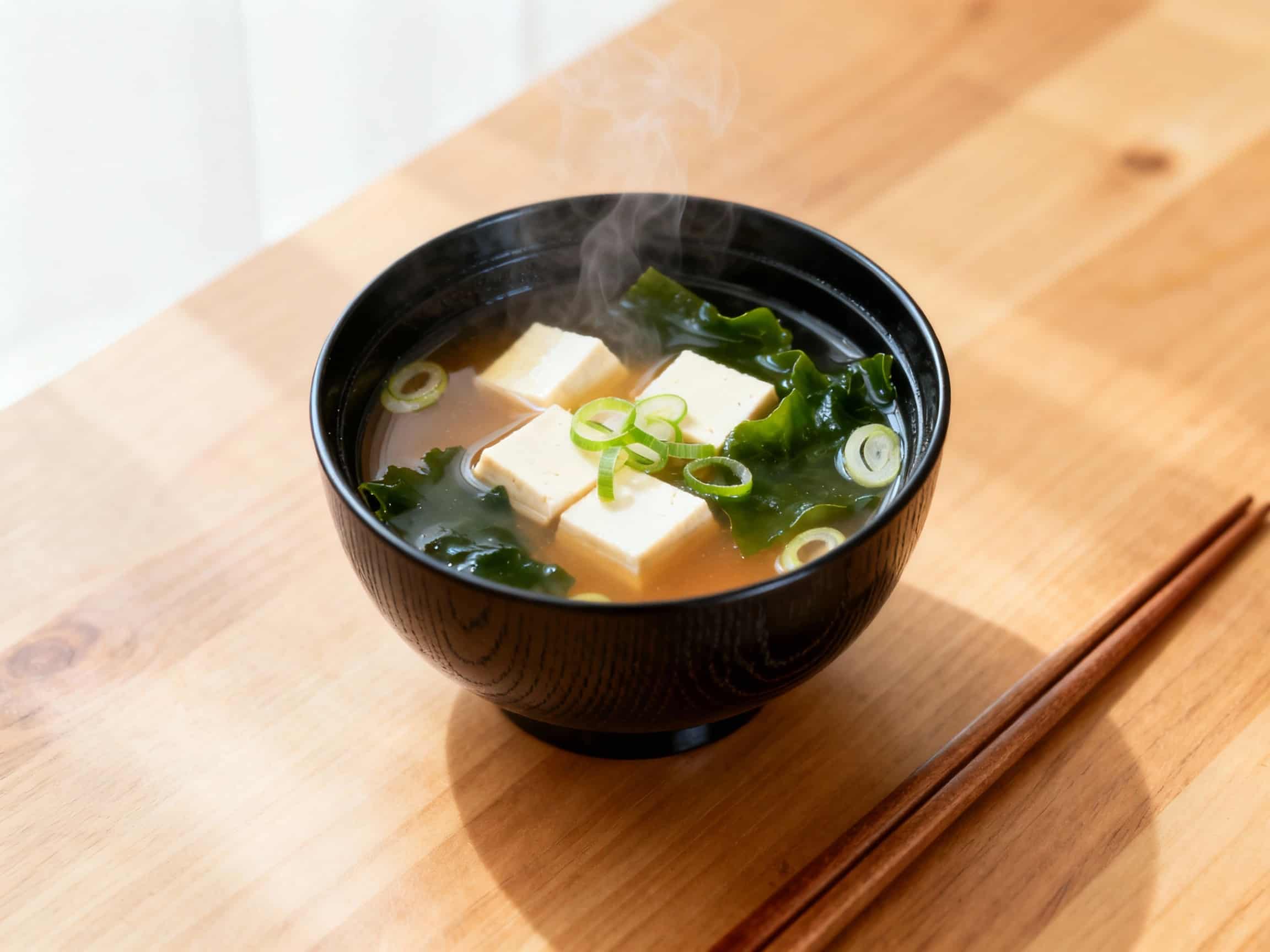
Miso Soup
味噌汁
- Country
- Japan
- Region
- Not specified
- Recipes
- 0 Recipes
Dish information
Miso Soup, a cornerstone of Japanese gastronomy, is more than just a dish; it's an indispensable part of nearly every traditional Japanese meal, symbolizing comfort and home. Its history stretches back over a thousand years, deeply tied to the development of miso paste itself, which originated in China and was introduced to Japan by Buddhist monks around the 7th century. Initially, miso was a luxury, primarily consumed by the aristocracy and as a medicinal food. With advancements in fermentation techniques and the spread of Buddhist vegetarianism, miso production became more widespread during the Kamakura period (1185-1333), making miso soup accessible to the masses. The basic recipe, a dashi stock blended with miso paste and various ingredients, allows for endless regional and seasonal variations. Tofu, wakame seaweed, and scallions are popular additions, but vegetables, fish, and even meat can be incorporated. Miso soup is renowned for its health benefits, rich in probiotics and nutrients. Its simple yet profound umami flavor profile makes it a perfect accompaniment to enhance the overall dining experience, grounding the meal and reflecting Japan's deep appreciation for fermented foods. It is a daily ritual for many, a taste of tradition in every spoonful.
Timeline
Miso, a fermented soybean paste, introduced to Japan from China.
Miso production expands, becoming a staple food among aristocracy.
Miso soup becomes a common dish for the general populace in Japan.
Regional variations of miso and miso soup begin to emerge across Japan.
Related recipes
0 recipesWe'll add related recipes for this dish soon.